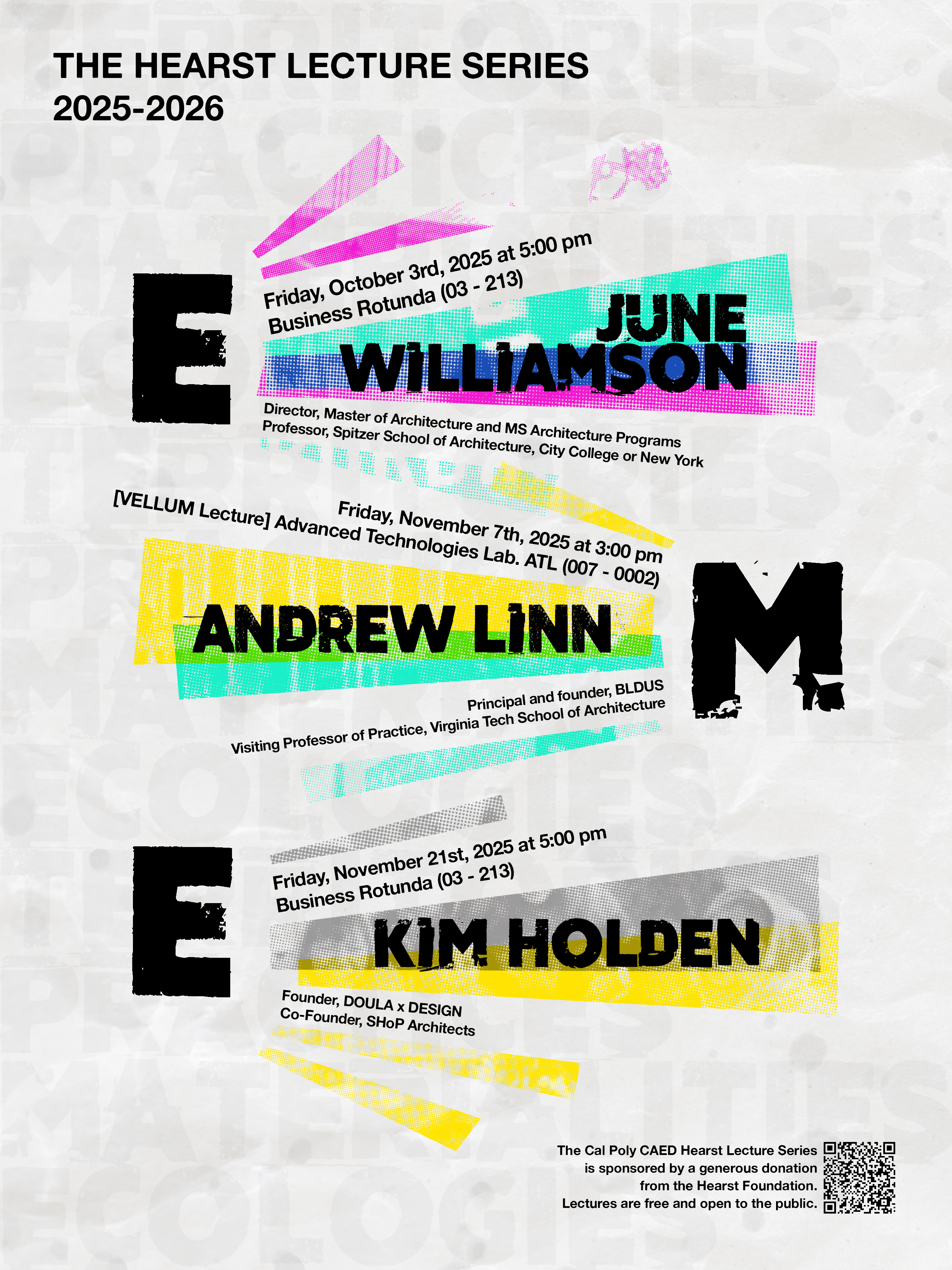Students Take Memorable Trip to New Orleans
|
|
 |

|
|
Cal Poly architecture students visiting Trahan Architects in New Orleans, ranked in 2019 in Architect Magazine as the No.1 Design Firm in the US. They are accompanied by faculty member Greg Wynn, second from left.
Click on each image to enlarge. |
Architecture students at New Orleans’ historic Saint Louis Cemetery No. 2. Cemeteries No. 1 and No. 2 have above-ground vaults constructed in the 18th and 19th centuries and are included on the National Register of Historic Places and the Louisiana African American Heritage Trail. |
Students visiting the Ogden Museum of Southern Art located in the Warehouse Arts District of downtown New Orleans. The museum displays the largest and most comprehensive collection of Southern art. |
On the Importance of Student Travel …
Early in the winter quarter prior to the spread of COVID-19, I was fortunate to travel with my students to "The Big Easy," New Orleans, Louisiana. While there, we studied architecture, culture, climate and an in-depth study of the significance of water management and the culture of flooding in the South. We ate po' boys, and gumbo, and every kind of fried food we could. We learned about resilience but even more about the resilience of the people of New Orleans. It was a truly amazing experience for all of us on the trip and I want to thank the Architecture Department for offering travel funds for students in need.
Of particular note on this trip, was a visit to the Lower Ninth Ward where Hurricane Katrina was hardest felt 15 years ago; a place where homeowners drowned in their attics trying to flee the rising waters. It was here we visited the Lower Ninth Ward Living Museum, which is always free to enter.
We were met by two wonderful docents, one of which was Ms. Leona Tate. They shared with us their time and their love of teaching and education. They spoke to us of the history of the Ninth Ward before the Industrial Canal was built, they spoke of the purposeful demolition of the levee and flooding of the Ninth side of it so as to save the French Quarter during Hurricane Betsy, and they spoke of Katrina and recovery. It was an afternoon that made me proud to be a teacher.
It turns out our new docent friends had just closed escrow on a vacant school of their own and were about to embark on a new mission to share the importance of our past. The school they purchased is known as McDonogh #19, and it is on the national historic register. Our docent was one of the so called “McDonogh 3,” which included Ms. Tate, who at the age of 6 became the youngest civil rights activist in the U.S. with her two friends Gail and Tessie. Back in 1960 in the segregationist South, federal marshals escorted Ms. Tate and her friends to school each day, while all the white students and their families boycotted the school and federal law. For more than a year, the school had three students. Ms. Tate told us, "It was the best first grade you could have."
We can make lesson plans and discuss outcomes and rubrics, but often the most memorable experiences come when we open ourselves up to chance interactions, when we travel outside our familiar surroundings and take risks to see things that might be uncomfortable. If we are looking to teach diversity as a core knowledge, as we should be, we need to continue to help our students have diverse experiences and student travel is critical to that core knowledge. On this day, my students and I met a civil rights legend and heard first-hand about her life and the wonderful resilience she inspires in so many. Let us ensure that at Cal Poly we continue to push against the desire for us to stay safe in our protective hamlet; let us insist that the greater world is out there for us to explore and learn alongside others.
Support Cal Poly’s Architecture Student Travel Fund




